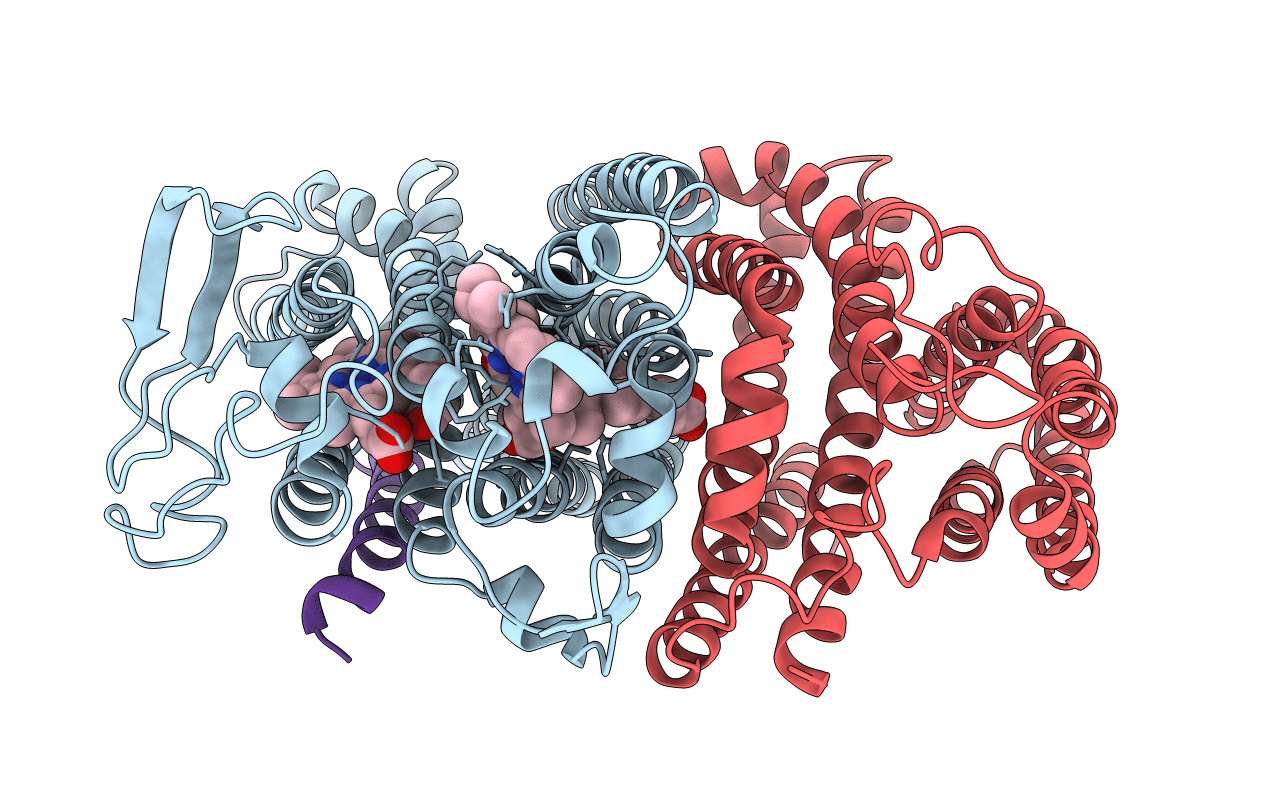
Deposition Date
2016-03-12
Release Date
2016-05-04
Last Version Date
2024-05-08
Entry Detail
PDB ID:
5IR6
Keywords:
Title:
The structure of bd oxidase from Geobacillus thermodenitrificans
Biological Source:
Source Organism:
Geobacillus stearothermophilus K1041 (Taxon ID: 1422)
Geobacillus sp. PA-3 (Taxon ID: 1699078)
Geobacillus sp. PA-3 (Taxon ID: 1699078)
Method Details:
Experimental Method:
Resolution:
3.80 Å
R-Value Free:
0.32
R-Value Work:
0.30
R-Value Observed:
0.30
Space Group:
P 21 21 21


